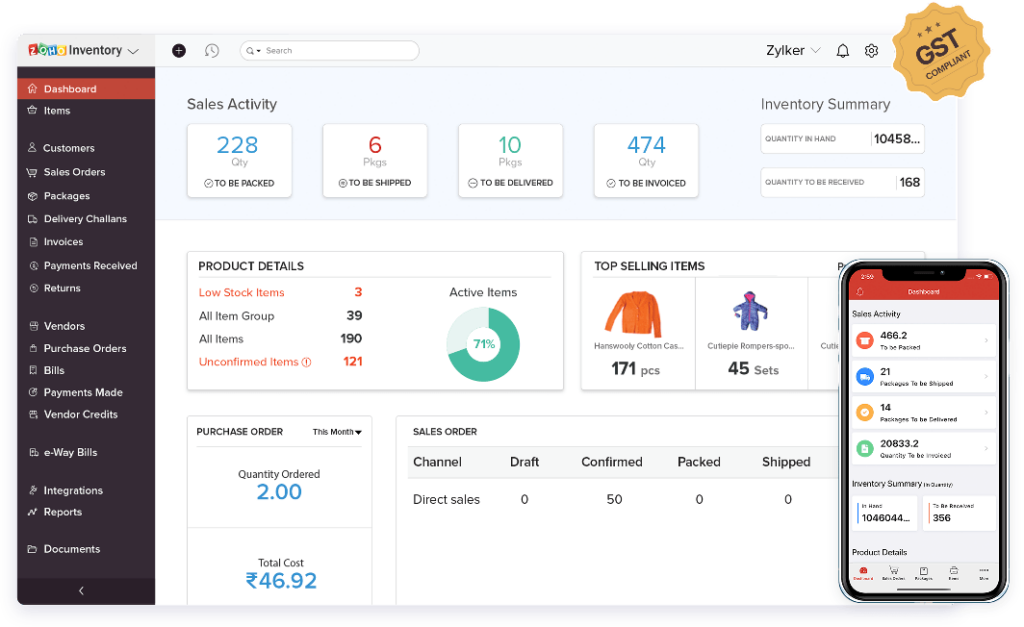Efficient warehouse receiving plays a crucial role in the overall success of any supply chain. A streamlined warehouse receiving process ensures timely delivery of goods, minimizes errors, and enhances customer satisfaction. This guide aims to provide practical insights and actionable tips to improve your warehouse receiving process. By implementing these strategies, you can optimize operations, increase productivity, and achieve greater efficiency.

How to Improve Warehouse Receiving Process
Understand the Importance of Warehouse Receiving
Firstly, warehouse receiving is a critical step that sets the tone for the entire supply chain. It involves receiving, inspecting, documenting, and storing incoming goods. Efficient receiving establishes accurate inventory records, facilitates order fulfillment, and prevents delays or shortages.
Organize Receiving Areas
Secondly, a well-organized receiving area is essential for smooth operations. Implement a systematic layout that allows easy access to incoming shipments. Clearly label areas for different categories of products, such as perishable goods, fragile items, or hazardous materials. This organization minimizes errors, ensures proper handling, and improves efficiency.
Standardize Receiving Procedures
Thirdly, develop standard operating procedures (SOPs) for the receiving process. SOPs should include clear instructions on handling shipments, documenting information, inspecting goods, and resolving discrepancies. Standardizing procedures ensures consistency, reduces errors, and enables seamless training of new employees.
Implement Barcode or RFID Technology
Fourthly, utilize barcode or radio frequency identification (RFID) technology to streamline the receiving process. Barcodes and RFID tags allow for quick and accurate identification and tracking of incoming goods. Implementing these technologies can automate data entry, reduce human error, and speed up the receiving process.

Pre-plan Receiving Schedules
Fifthly, establish a receiving schedule based on anticipated deliveries. Coordinate with suppliers to schedule deliveries at specific times, ensuring that the warehouse is adequately staffed to handle the influx of shipments. By pre-planning receiving schedules, you can optimize labor allocation and prevent bottlenecks.
Prioritize Inspection and Quality Control
Thoroughly inspect incoming shipments for damages, discrepancies, or quality issues. Implement a robust quality control process to identify and resolve issues early on. Promptly communicate any problems to suppliers to minimize delays and prevent substandard products from entering the inventory.
Efficient Documentation
Accurate and timely documentation is crucial for effective warehouse management. Use digital systems to automate documentation processes, such as capturing receipt details, updating inventory records, and generating reports. Digitizing documentation minimizes manual errors, speeds up data entry, and provides real-time visibility into inventory levels.
Optimize Storage and Inventory Management
Ensure efficient storage and organization of received goods. Utilize warehouse management systems (WMS) or inventory management software to track inventory levels, locations, and expiration dates. Adopt effective labeling and binning systems to facilitate easy retrieval and reduce the time spent searching for items.
Enhance Communication Channels
Effective communication between the receiving department, warehouse staff, and suppliers is vital. Implement a centralized communication system, such as a dedicated email address or software, to handle inquiries, resolve issues, and provide updates. Therefore, open communication channels enable swift problem-solving and prevent miscommunication.
Continuous Training and Improvement
Lastly, invest in regular training programs for warehouse personnel involved in the receiving process. Provide them with up-to-date knowledge on best practices, new technologies, and industry trends. Encourage feedback from employees to identify areas for improvement and implement relevant changes to enhance the warehouse receiving process continually.
Conclusion
Improving the warehouse receiving process is crucial for maintaining an efficient and effective supply chain. By following the guidelines outlined in this guide, you can optimize operations, reduce errors, and enhance overall productivity. Remember, a well-organized receiving area, standardized procedures, technology integration, and effective communication are key to achieving a streamlined warehouse receiving process. Continuously monitor and refine your processes to ensure ongoing improvement and success. Choose a reputable fulfillment center like Fulfillmen for your warehouse receiving needs.




